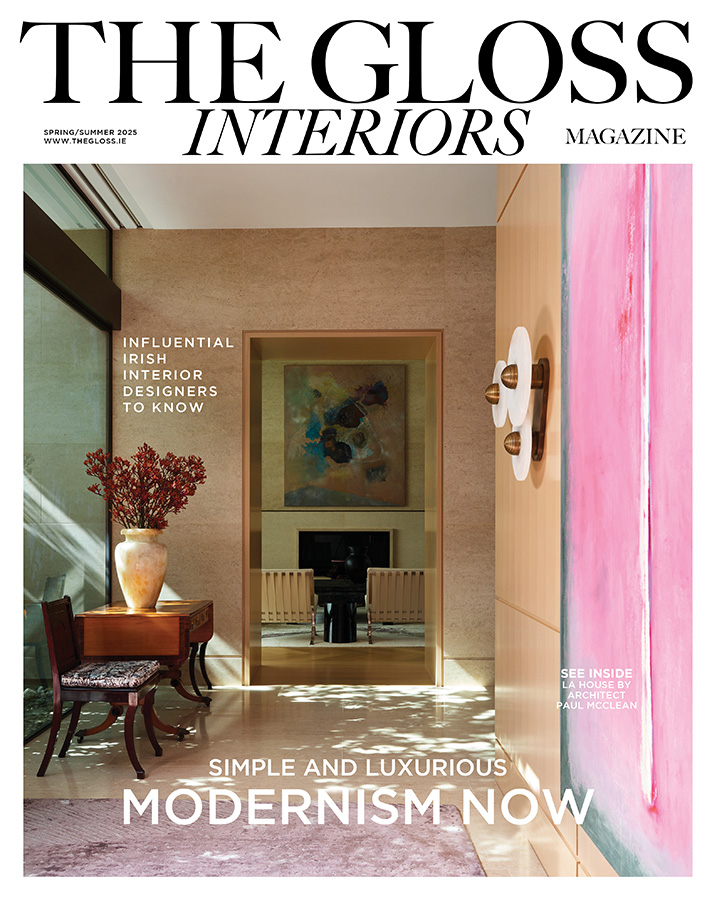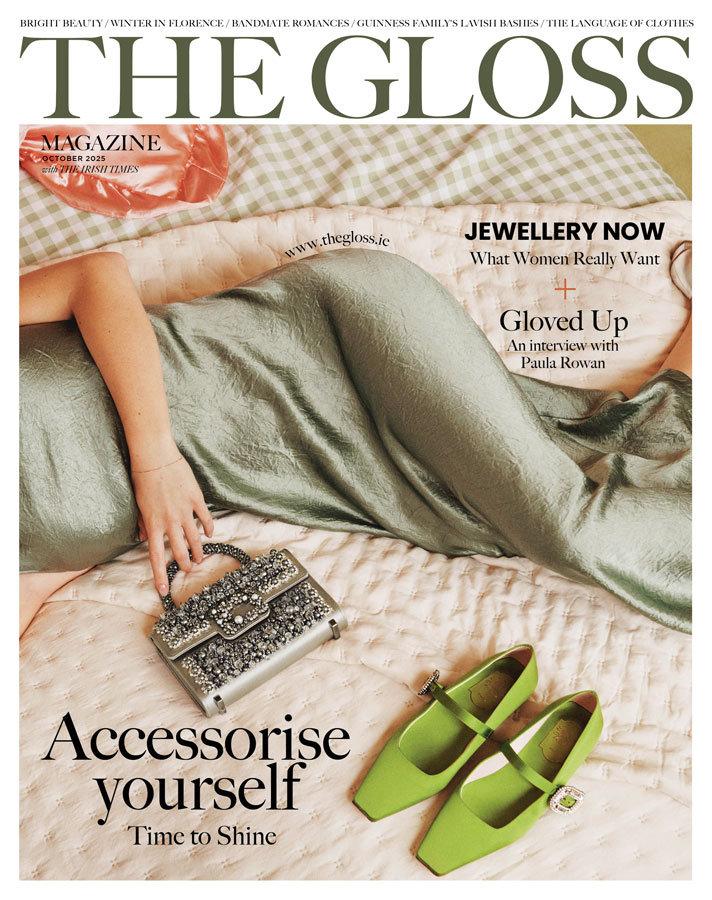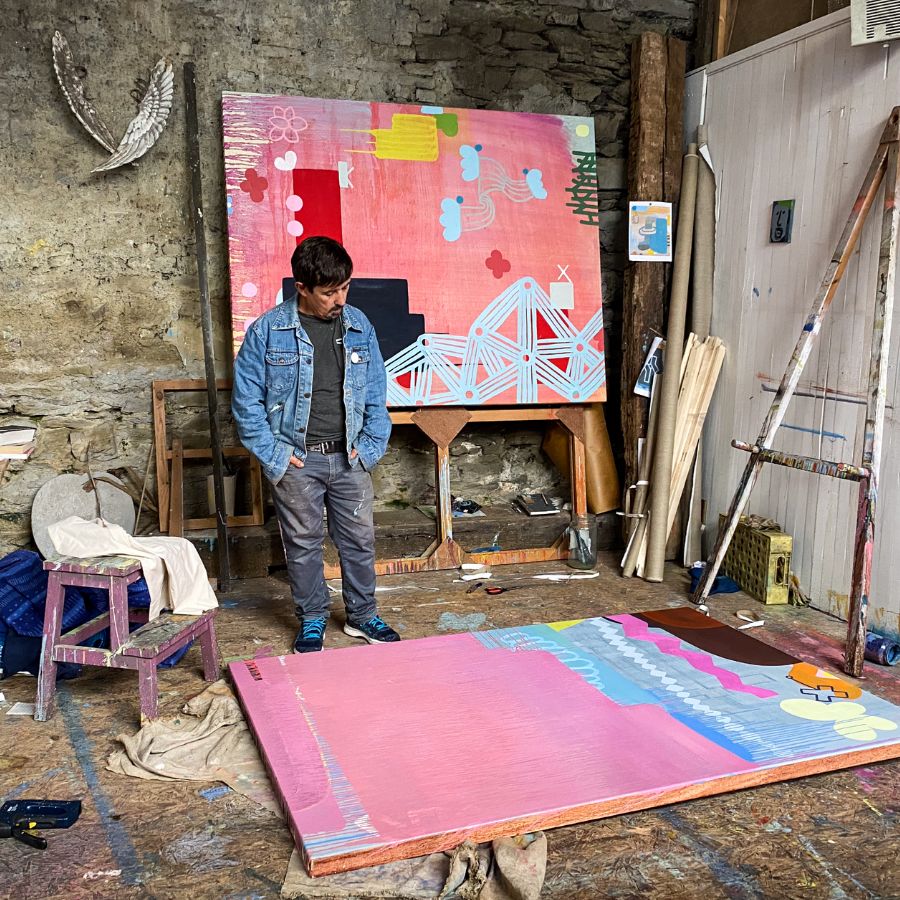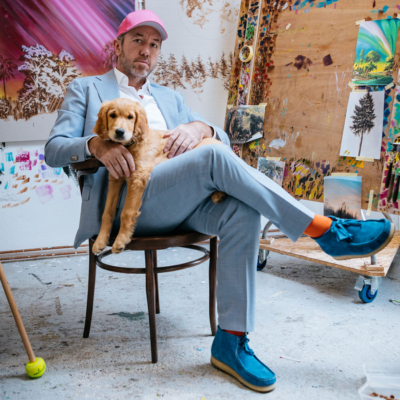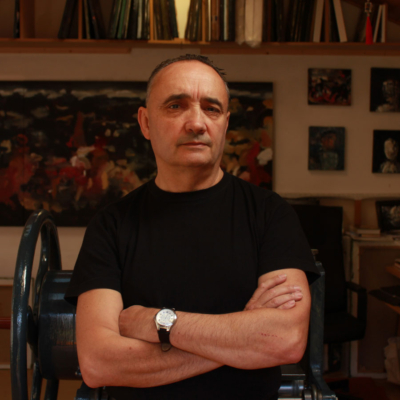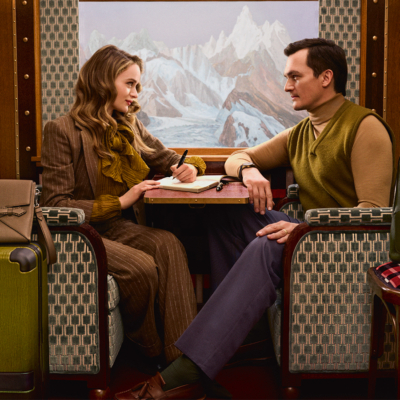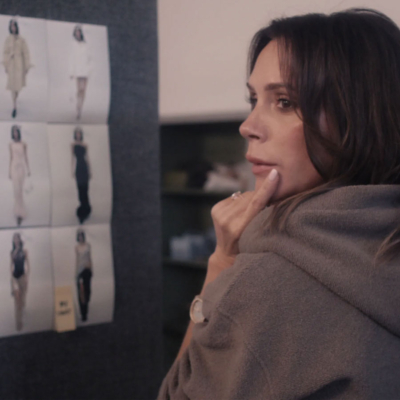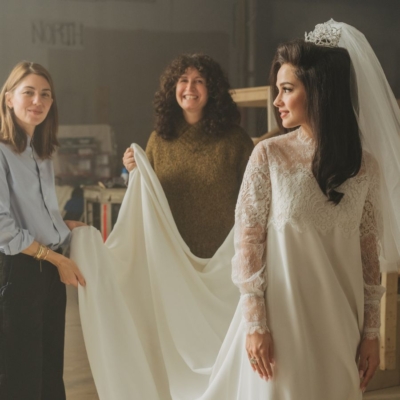Limerick-born artist Martin Finnin’s works describe things that there are no words for …
Who or what kickstarted your interest in art?
When I was a kid, I spent long periods of time in hospital, and that’s where I learned to draw. I’d spend hours doodling or copying images from encyclopaedias, and I remember buying my first art book when I was about thirteen, a little paperback on Henri Rousseau. I knew then that I wanted to be an artist, even though I had no idea what that really meant. Getting into the foundation year at Limerick School of Art and Design opened up a whole new world. It legitimised the idea of being an artist as something people actually do for a living.
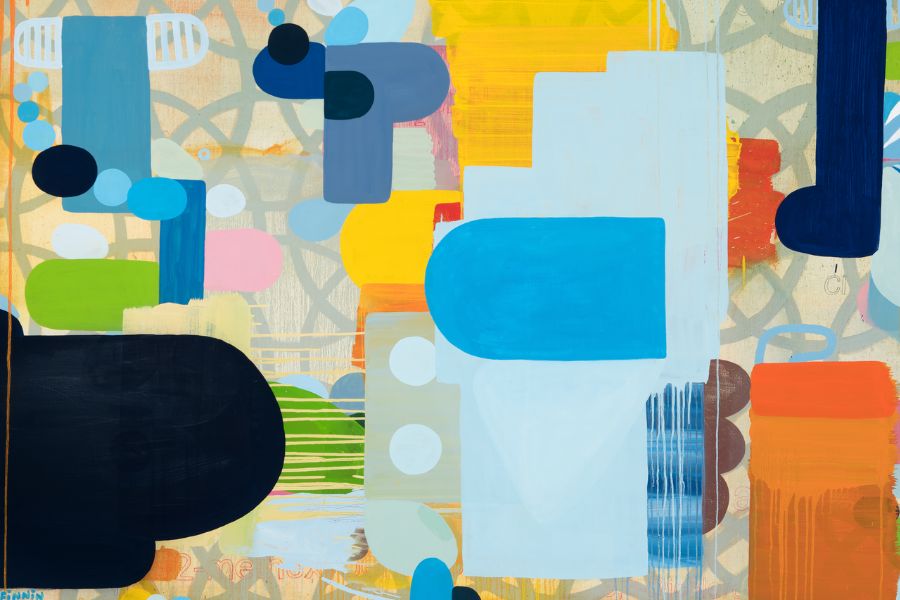
A Slow Blaze of Blossom
Not long after, I met a group of artists and ended up travelling back to Mexico with them instead of returning to college. I stayed for a year, working with an artist there, and had my first solo exhibition at 21-years-old. The following year, I enrolled at the National College of Art and Design in Dublin, where I discovered the work of Jean Dubuffet, Antoni Tàpies and the American Abstract Expressionists. I devoured everything I could about them, spending hours in the library, but I was completely incapable of meeting academic requirements. So, I left and I’ve been making art ever since. Tàpies and Dubuffet showed me that you could make art from anything – found objects, household paints, even foods.
I also saw an amazing exhibition of Anselm Kiefer in the Douglas Hyde Gallery in Trinity College Dublin around that time. It completely opened my mind to what art can be and truly changed my life. I worked wherever I lived: random studios in Ireland and abroad ever since.
My job as a painter is to shepherd, keeping the pressures of modern life away from the paintings while they move towards completion.
How do you define your work and how has it evolved?
The early years were defined by whatever materials I salvaged or had access to – pigments and fabrics from the skips outside Cork Opera House, breadboards and doors. I even made portraits by arresting the growth of fungus at different stages or using ash from the fireplace. The idea of painting intimidated me; I thought of it as high art and felt too uncouth to try it. I stumbled into it when I was about 28-years-old. I found a watercolour set and, over the course of a year or so, progressed to oils.
For the past 25 years, I’ve painted abstract interpretations of the world I see around me, from urban scenes to Italian Renaissance war paintings. I might draw the shape of medieval armour until it becomes completely abstracted, and then weave it into a painting built up through adding and subtracting oil washes. Or, I might try to capture the way a wall in Italy has been bleached by the sun. I collect these visual keys and let them filter through to the paintings at their own speed. It might take weeks, or it might take years.
I find it difficult to explain what my paintings are about. In many ways they are everything society doesn’t value: slow, inconsistent, non-cerebral. I know I’m the one painting them, but I “do as I’m told” by the paintings.
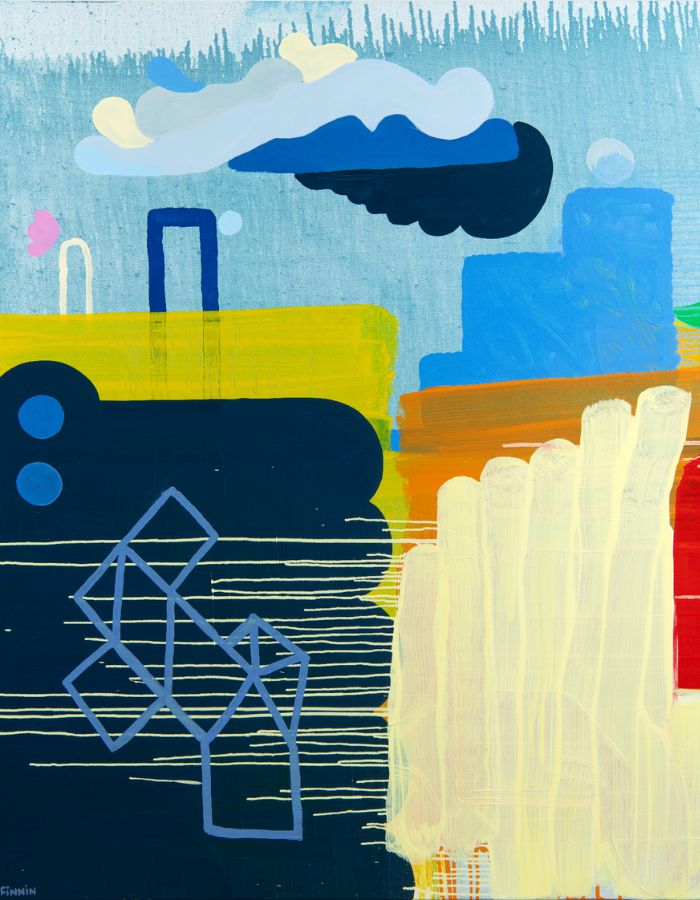
Dockyard with Moving Parts
Where and how do you work?
I’ve often painted outside while travelling in Italy, India or Ghana, but I usually need a studio. I paint with brushes, but often splash or throw paint at the canvas. I also turn the paintings upside down to change the flow and length of the drips, which are as important to me as brushstrokes. I don’t like cleaning brushes too much because the residue of a previous colour might mix into something unexpected. The chaos gives me a sense of continuation, but also introduces chance into the process.
I create a kind of visual alphabet: abstracted shapes, industrial lines of cranes or a Florentine fresco.
Over the past thirty years, I’ve had various studios across Cork city, but I’ve recently moved into an old building in Clonakilty with beautiful natural light. Spending time along the coast and in nature has definitely influenced my recent work, and I’m excited to see where that leads.
When I’m in the studio, I might sit for hours waiting until my head is distracted enough for the paintings to be able to tell me what they want. Sometimes, I’ll give up and then suddenly see something on my way out that keeps me painting all night.
My early paintings were often finished quickly, some in a day or two. Now, abstract paintings can take up to three years to resolve. At any one time, I probably have around twenty paintings in progress, all at different stages of completion, hanging around me like a slow-moving conversation.
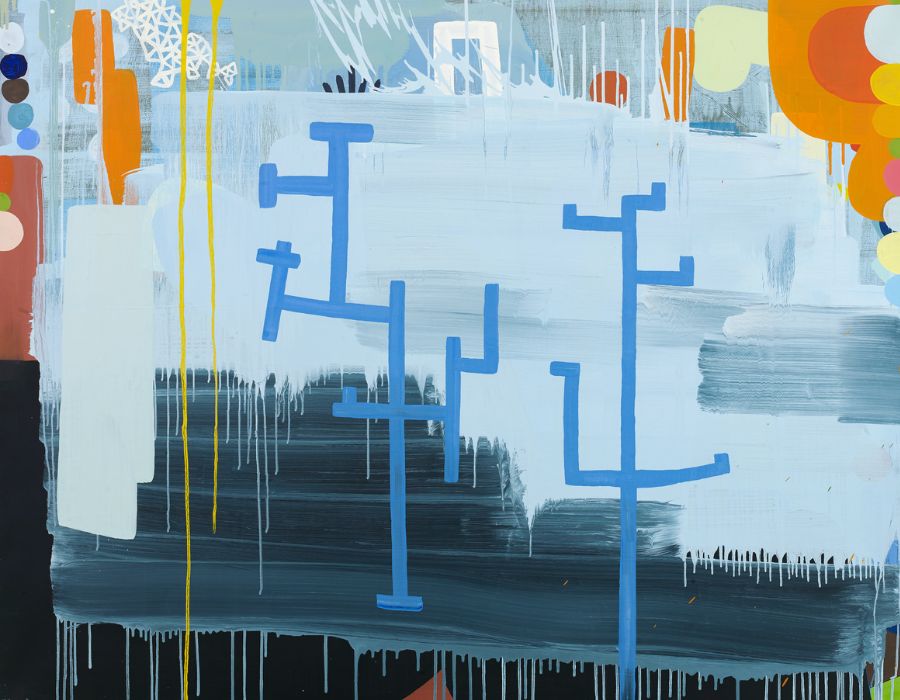
Eternal Blue
You’ve had some exciting experiences in London at the National Gallery and travelling extensively …
I’m represented by the John Martin Gallery in London, so I’ve visited a lot over the years. Every chance I get, I visit the National Gallery, usually to see my favourite painting Woman Bathing in a Stream by Rembrandt. One day, I stumbled across Paolo Uccello’s The Battle of San Romano and it blew me away. I saw it as an abstract composition, a kind of treasure trove. Since that encounter, I’ve spent years studying his work and that of other Italian Renaissance painters, travelling to see the panel in the Uffizi in Florence several times. It was my gateway into Renaissance art, and I’ve been pilfering abstract shapes from it for over a decade.
This interest has led me to spend a lot of time working in Italy, looking at old masters and frescoes while painting and making bronze sculptures. I also spent a year in Berlin, expecting the urban landscape to seep into my paintings, only to find nature shining through instead. I’ve travelled to India a few times too, where colour and splendour are everywhere. While there, I worked on paper pieces on a rooftop and spent long stretches just soaking it all in. Just this year, while working in my studio in West Cork I found an unusual combination of colours appear in an oil painting that I can trace directly back to a wall I saw in Varanasi seventeen years ago. It shows me how slow the distilling process of what I see can be.
Being a painter allows me to look at the world for a living. The world as it is now, or as it once was, seen through the eyes of other artists.
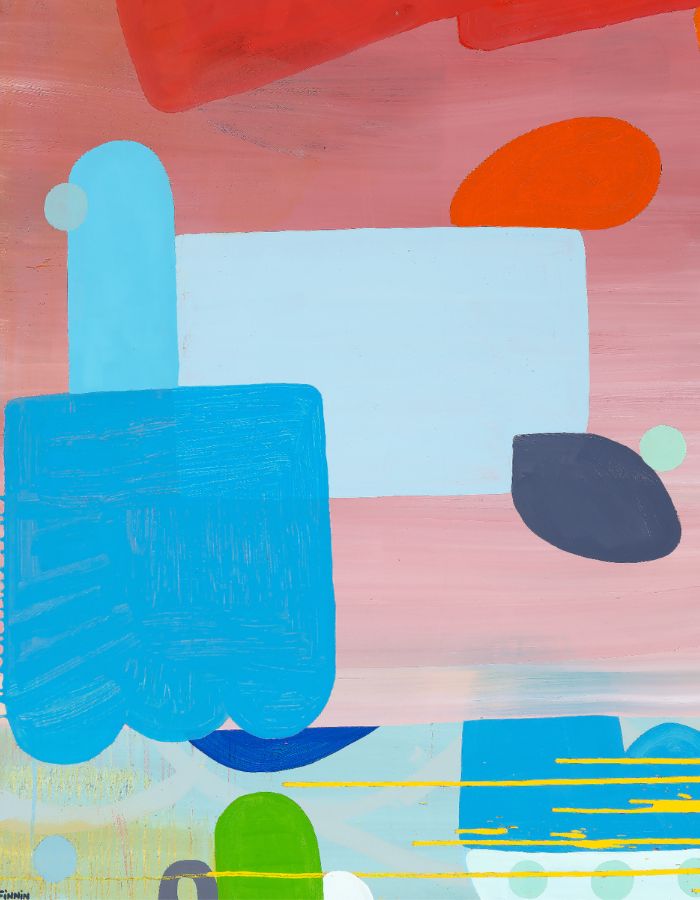
A Flaming Bowl of Ice Cream
What are you looking forward to during your upcoming residency at Ballyfin?
I visited Ballyfin to meet general manager Seamus Crotty and his team, so we could find a suitable studio on the grounds. We settled on an old cottage behind the main house and it feels like a dream. I’m excited to explore the house, studying and sketching the wallpapers, but I know the art collection, details on the furniture or that stunning Pompeii mosaic at the entrance will inevitably distract me. I already know that motifs I encounter there will trickle into my work for years to come.
Painting is usually such a solitary occupation, so it will be a treat to spend time working among people. I love talking about art and I don’t get to do it nearly enough, so I’m hoping there’ll be plenty of that too.
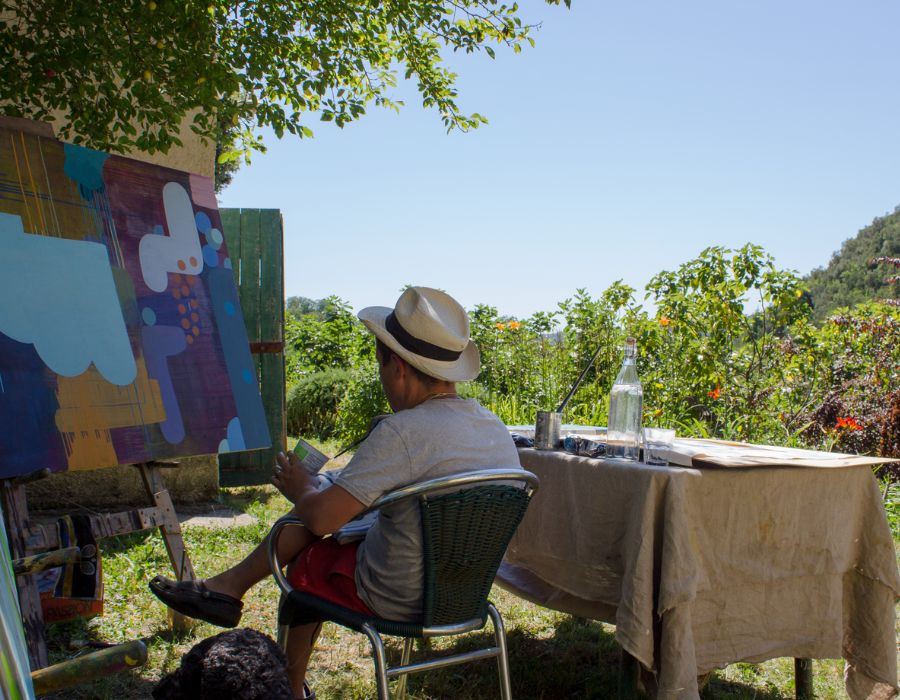
What do you enjoy most about what you do?
I love that spending time in museums and looking at old masters is part of my job. Any trip becomes a business trip because I’m always collecting new objects for my visual language. I enjoy the build-up and drama of working towards an exhibition, then stepping out of my cave to talk with people who love art. Most of being an artist is the solitary act of painting, often feeling like it’s going nowhere, only to suddenly stumble into a creative vein. In those moments, it’s as if I step out of the stream of time, losing hours and it doesn’t matter. I’ve arrived at a place in a painting that feels new, unsure, almost embarrassing – but always exciting.
Need to know: Martin Finnin will be artist in residence at Ballyfin Demesne in Co Laois from September 7. @martinfinnin
SEE MORE: Artistic License – Hazel O’Sullivan



